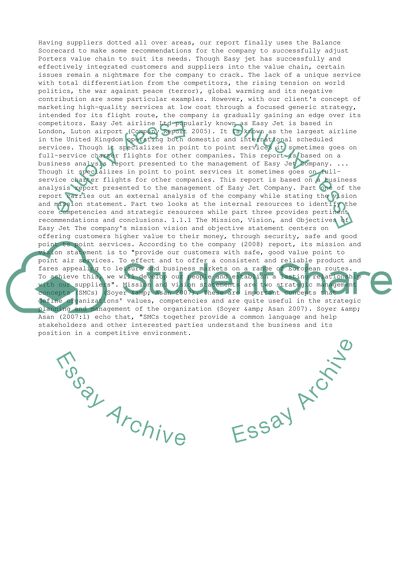Cite this document
(“Business Analysis of Easy Jet Research Paper Example | Topics and Well Written Essays - 2500 words”, n.d.)
Retrieved de https://studentshare.org/business/1527371-easyjet-s-business-strategies
Retrieved de https://studentshare.org/business/1527371-easyjet-s-business-strategies
(Business Analysis of Easy Jet Research Paper Example | Topics and Well Written Essays - 2500 Words)
https://studentshare.org/business/1527371-easyjet-s-business-strategies.
https://studentshare.org/business/1527371-easyjet-s-business-strategies.
“Business Analysis of Easy Jet Research Paper Example | Topics and Well Written Essays - 2500 Words”, n.d. https://studentshare.org/business/1527371-easyjet-s-business-strategies.


